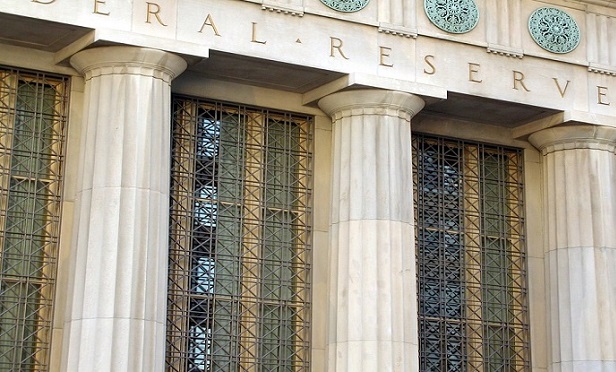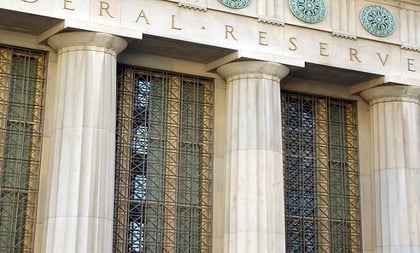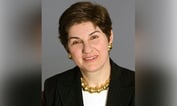 The U.S. central bank should follow through on gradually raising interest rates to more normal levels, though “how high rates will ultimately need to rise depends on economic growth,” said Federal Reserve Bank of Richmond President Thomas Barkin.
The U.S. central bank should follow through on gradually raising interest rates to more normal levels, though “how high rates will ultimately need to rise depends on economic growth,” said Federal Reserve Bank of Richmond President Thomas Barkin.
“It is difficult to argue that lower than normal rates are appropriate when unemployment is low and inflation is effectively at the Fed’s target,” he said Wednesday in Roanoke, Virginia as he described the case for further gradual rate hikes. “In addition, we don’t want to risk the credibility of our commitment to low and stable inflation.”
Barkin, 56, is a voter this year on the rate-setting Federal Open Market Committee. The former senior executive at global consulting firm McKinsey & Co. took the Richmond Fed’s helm in January. His public comments on monetary policy, which place him in the center of the consensus on the FOMC, were his most substantive on the topic since he became a central banker.
U.S. central bankers next meet Sept. 25-26 after leaving rates unchanged last week. Investors are pricing in an almost certain probability that the FOMC will raise the benchmark lending rate another quarter point to a range of 2 percent to 2.25 percent.
“It is easy for me to imagine that we will get to a place where we will want to pause a little longer and look around,” Barkin told reporters after the speech. “It is also easy for me to imagine that we will continue on the pace. It depends a lot on how the data comes out.”
The U.S. economy added 157,000 jobs in July, the Labor Department reported Friday, while a measure of annual wage gains held steady at a 2.7 percent increase. Inflation is around the Fed’s 2 percent target, with the headline measure rising 2.2 percent in June and 1.9 percent minus food and energy.
Longer-Run Growth









 August 09, 2018 at 03:11 PM
August 09, 2018 at 03:11 PM











